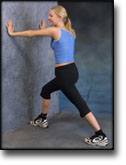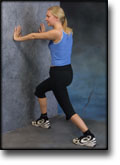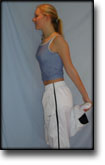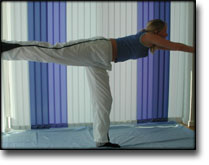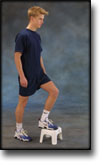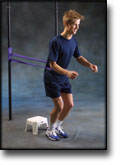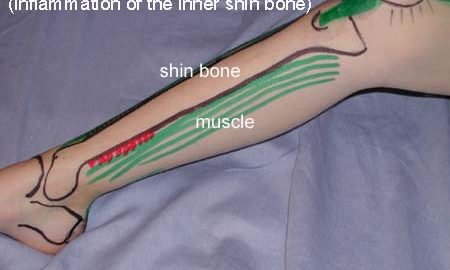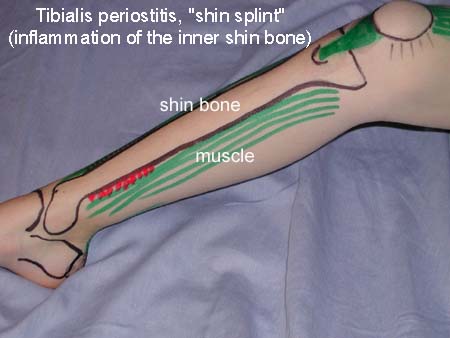|
Tibial stress reaction in runners. Correlation of clinical symptoms and scintigraphy with a new magnetic resonance imaging grading system.
Fredericson M, Bergman AG, Hoffman KL, Dillingham MS. Am J Sports Med 1995 Jul-Aug;23(4):472-81
Medial tibial pain in runners has traditionally been diagnosed as either a shin splint syndrome or as a stress fracture. Our work using magnetic resonance imaging suggests that a progression of injury can be identified, starting with periosteal edema, then progressive marrow involvement, and ultimately frank cortical stress fracture. Fourteen runners, with a total of 18 symptomatic legs, were evaluated and, within 10 days, referred for radiographs, a technetium bone scan, and a magnetic resonance imaging scan. In 14 of the 18 symptomatic legs, magnetic resonance imaging findings correlated with an established technetium bone scan grading system and more precisely defined the anatomic location and extent of injury. We identified clinical symptoms, such as pain with daily ambulation and physical examination findings, including localized tibial tenderness and pain with direct or indirect percussion, that correlated with more severe tibial stress injuries. When clinically warranted, we recommend magnetic resonance imaging over bone scan for grading of tibial stress lesions in runners. Magnetic resonance imaging is more accurate in correlating the degree of bone involvement with clinical symptoms, allowing for more accurate recommendations for rehabilitation and return to impact activity. Additional advantages of magnetic resonance imaging include lack of exposure to ionizing radiation and significantly less imaging time than three-phase bone scintigraphy.
|

